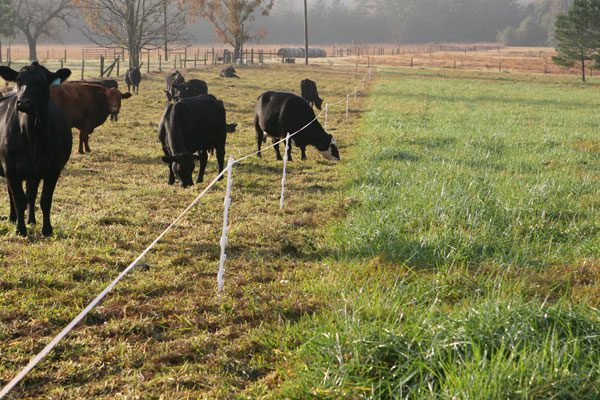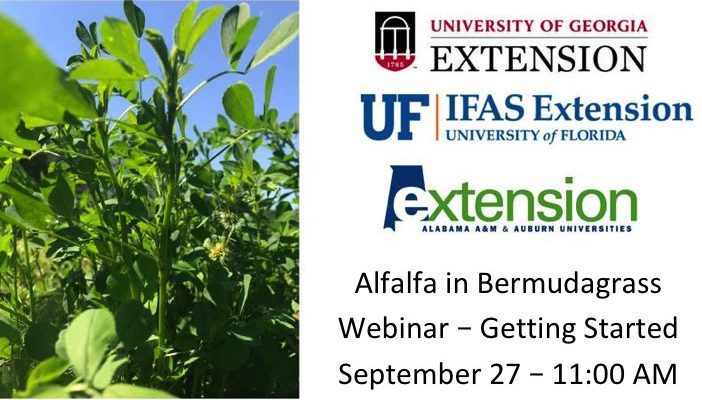-
In this season of thankfulness, I am most grateful for my God, my family, and my country. Most of us are. Still, I would like to pay special homage to some great mentors that I have had. I have been blessed with many, many mentors. So many have been influential over my life and career…
Posted in: Uncategorized -

How is the recent weather affecting the Georgia hay crop? Similar to weather conditions in 2013, excess rain from May to July of 2018, followed by an August drought, have led to tremendous variation in the 2018 hay crop. Beef cattle producers in the Southeastern U.S. need to be on the lookout for cows experiencing…
-
If you have Incurred Losses as a Result of the Devastation of Hurricane Michael, PLEASE READ BELOW Dr. Jennifer J. Tucker, Asst. Professor, UGA CAES Tifton Dr. Dennis W. Hancock, Professor and Forage Extension Specialist, UGA CAES Athens Dr. R. Lawton Stewart, Jr., Assoc. Professor and Extension Animal Scientist, UGA CAES Athens Dr. Jacob R. Segers,…
-

By Jeremy Kichler Colquitt County CEC Winter annual crops can make excellent food plots for wildlife. Cool season grasses include wheat, oats, rye, and triticale. Clovers can be planted in food plots in order to attract insects and produce seed for birds. Soil Sample One of the first things wildlife enthusiasts need to do is…
-
By Adam Speir Madison County CEC For most forage producers, disease is usually the least dealt-with component of the “forage pest-trifecta” of weeds, insects, and diseases. Just like humans, forages have a general tendency to withstand disease pathogens that are present in the environment. However, situations can develop where disease issues arise and producers are…
-

By Ray Hicks Screven County CEC The cost of hay and feed for winter supplementation is one of the largest expenses for cattle producers. Stockpiling bermudagrass or bahiagrass fields for grazing use in the winter can help save on hay cost and labor. You can expect to get 30 to 60 days of grazing from…
-

By Lucy Ray Morgan County CEC The horse has one of the most complex, and arguably, the most frustrating, digestive systems of any grazing livestock species that owners/producers deal with. When one thinks of feeding horses, frightening scenarios like colic and founder can come to mind. While certain parts of the horse’s digestive system can…
Posted in: horse -

Join us for a FREE Webinar that will discuss tips and tricks of establishing alfalfa into bermudagrass. It will provide valuable information for anyone interested in putting in alfalfa this fall! And the best part is…. you don’t even have to leave your house!
-
UGA Extension will host a two-day Advanced Grazing School on September 18-19, 2018 that will provide attendees with a deeper understanding of two key aspects of their grazing systems. The focus areas will be on choosing the right pasture species, designing a grazing system that works best for your operation, and how to profitably fertilize…
-
INSECT UPDATE (7/19/18): Bermudagrass Stem Maggot and Fall Army Worms have been spotted at treatable levels in many areas South of I – 20. Producers in and around this area need to stay vigilant!